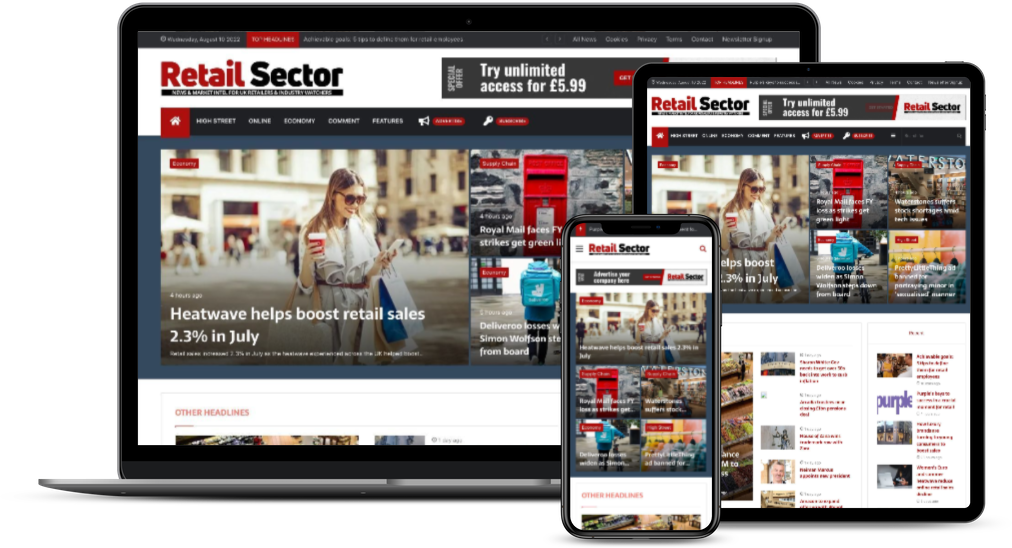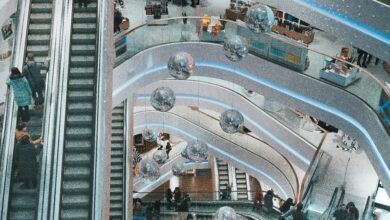In-store retail is due for a comeback: how to succeed in the post-vax reopening
By Jennie Gerum, CMO sales and marketing at Voyado

Bricks and mortar retail has had a difficult year, and while the situation is improving as vaccines roll out, it’s clear that business as usual is still a long way off. The sector is still reeling from the impact of the Covid crisis, and retailers of every size have been affected.







